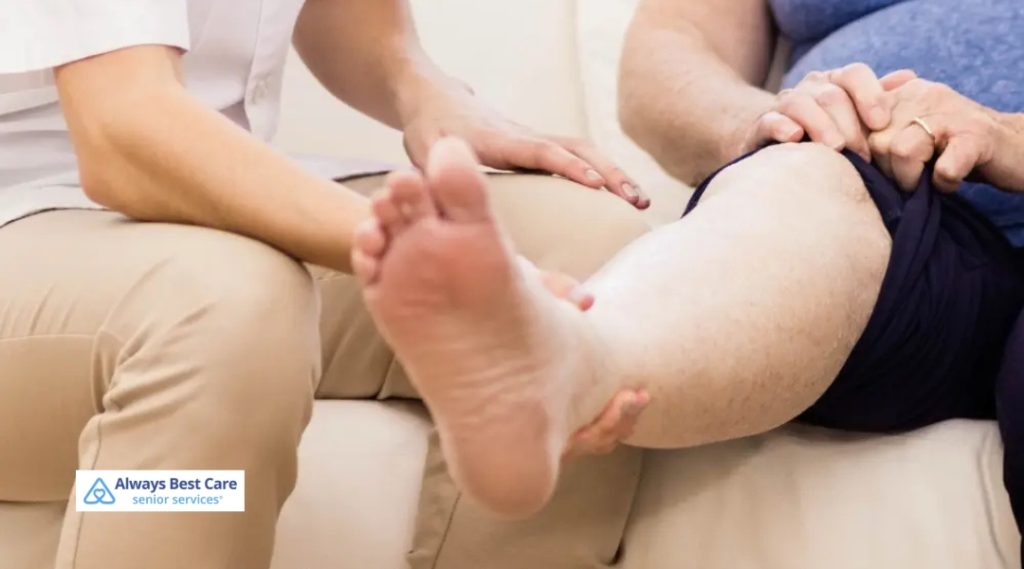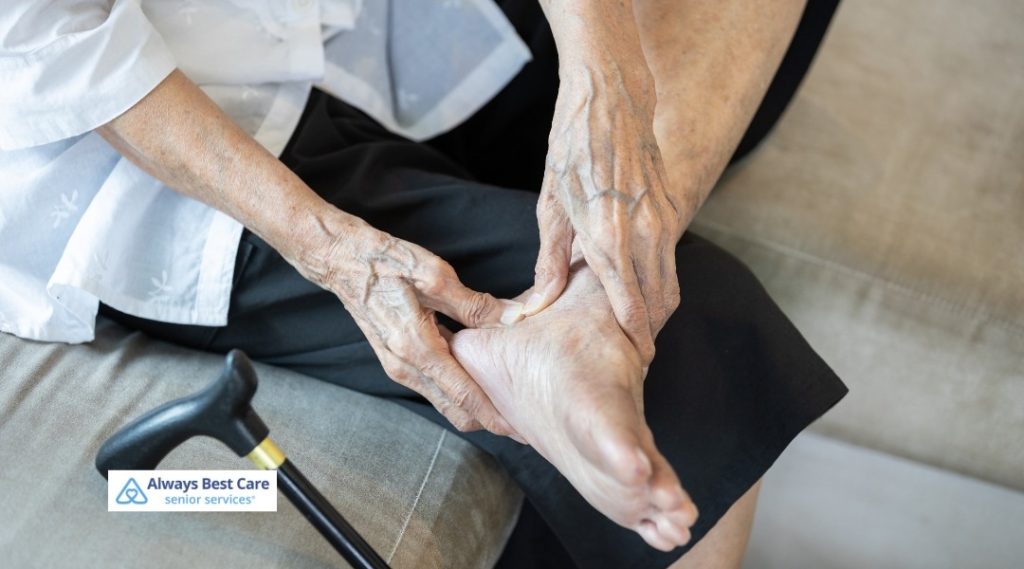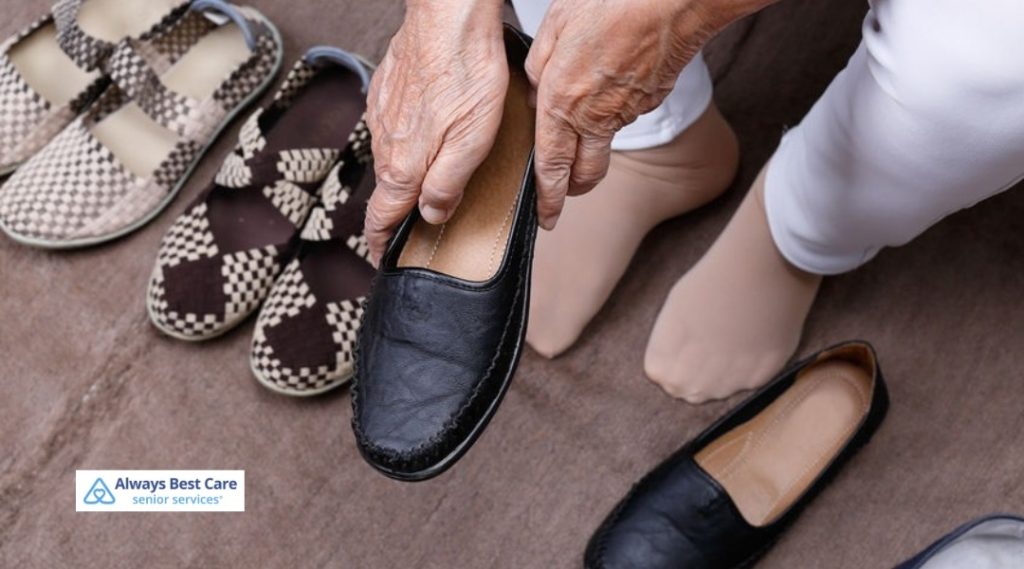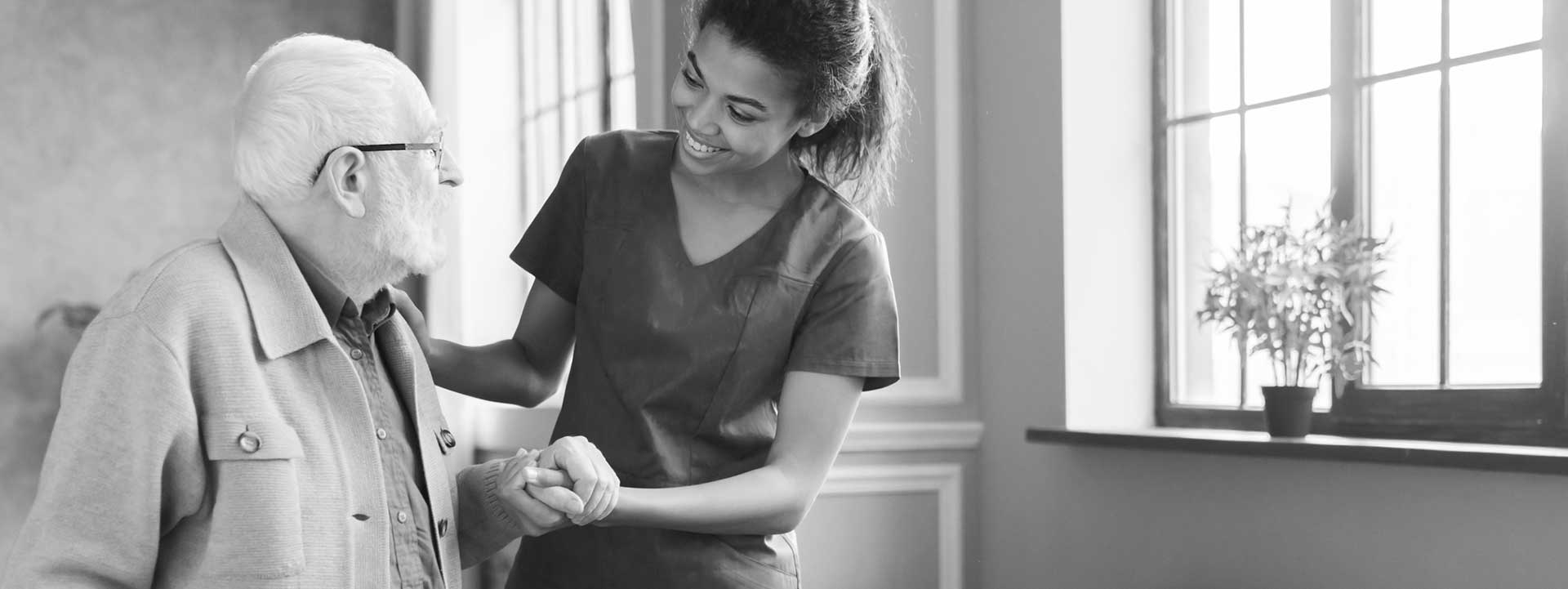Recognizing Foot Health Red Flags: When Seniors in Midlothian Should See a Podiatrist

Feet—those trusty companions—have been through thick and thin with us. Yet, as we grow older, they often end up neglected until pain and trouble barge in unannounced.
If you’re asking yourself, “When should we see a podiatrist in Midlothian?”—you’re already on the right track.
For seniors, keeping an eye on foot health is more than just pampering; it’s about staying active, safe, and independent.
What you will learn:
- The most common foot health warning signs for seniors include swelling, pain, numbness, and slow-healing wounds.
- Why it’s important to address foot issues early and how ignoring signs can lead to serious complications like infections or falls.
- How Always Best Care of Midlothian can support your loved one’s foot health with daily care, podiatrist coordination, and prevention tips.
- Simple steps to keep feet healthy and avoid problems, ensuring comfort and mobility for seniors.

Table of Contents
Why Senior Foot Health Deserves Our Attention
With 26 bones, 33 joints, and a tangled web of muscles and tendons, feet are far more complicated than they get credit for. As we age, things shift: blood doesn’t flow quite as freely, skin thins, and conditions like diabetes or arthritis can really gum up the works. Healthy feet mean steady mobility. Ignoring warning signs can lead to infections, sores, or even falls, making life more difficult for seniors—and stressful for their families.
When to See a Podiatrist in Midlothian: Red Flags You Shouldn’t Ignore
If your loved one’s feet are sending SOS signals, it’s time to pay attention. Here are the top warning signs that scream, “Call the podiatrist!”
1. Persistent Swelling
- Swelling in feet or ankles isn’t just about standing too long. If it sticks around or appears without reason, it could point to circulation problems, heart concerns, or even kidney issues.
- Swelling in just one foot or swelling that’s extreme is a bigger red flag.
2. Foot Pain That Just Won’t Quit
- Chronic pain in the heel or foot isn’t something to shrug off as “just getting older.” Plantar fasciitis, arthritis, bunions, or even stress fractures can cause relentless discomfort.
- Pain that won’t budge after a few days or makes walking tough deserves professional attention.
3. Numbness, Tingling, or Burning Sensations
- Tingling toes or numb feet might sound harmless, but they can signal nerve issues like neuropathy—especially for folks with diabetes.
- Loss of feeling can mean injuries or sores go unnoticed, turning small problems into big headaches.

4. Wounds, Blisters, or Ulcers That Refuse to Heal
- A tiny sore can become a major infection if left untreated—particularly for seniors with diabetes or poor circulation.
- Wounds that linger more than a few days or show dark discoloration, pus, or warmth should be checked out immediately.
5. Skin and Nail Changes
- Discoloration, thick or cracked nails, fungal infections, and dry, split skin are all signs that something’s up.
- These problems can make walking uncomfortable and increase the risk of infection.
How Always Best Care of Midlothian Keeps Seniors on Their Feet
At Always Best Care of Midlothian, we get it—healthy feet are essential for independence. Here’s how we help:
- Keep an eye out for swelling, redness, or changes in skin and nails.
- Help with daily foot care routines, from washing to moisturizing.
- Encourage proper footwear and socks to prevent blisters and falls.
- Support safe movement around the house.
- Alert family and healthcare professionals when warning signs pop up.
- Arrange rides and company for medical appointments, making trips to the podiatrist smooth and stress-free.

Prevention Is Key: Simple Foot Care Tips
Before trouble starts, try these easy steps:
- Check feet regularly for cuts, swelling, or color changes.
- Choose shoes that fit snugly but comfortably—avoid those old, floppy slippers!
- Keep feet clean and dry, especially between the toes.
- Talk openly about any pain or changes. Brushing off discomfort as “normal aging” is a recipe for problems.
FAQ: When to See a Podiatrist in Midlothian?
Q: What are the biggest warning signs that it’s time to see a podiatrist?
A: Persistent swelling, lasting pain, numbness, slow-healing wounds, and unusual changes in skin or nails all signal it’s time for expert help.
Q: Is foot pain just part of getting older?
A: Nope! Ongoing pain isn’t normal and shouldn’t be ignored. Many conditions can be treated and managed for better comfort and mobility.
Q: How can Always Best Care of Midlothian help with senior foot health?
A: We assist with daily care, monitor for trouble signs, encourage safe movement, and help coordinate podiatry visits, making foot care easier for seniors and their families.
Q: Are regular foot checks really necessary?
A: Absolutely. Catching issues early can prevent infections, sores, and falls.
Q: My loved one has diabetes—should we be extra cautious?
A: Yes. Diabetes increases the risk of neuropathy and slow-healing wounds, so professional evaluations are especially important.

Keep Your Feet Healthy: Learn When It’s Time to See a Podiatrist!
Foot health isn’t something to sweep under the rug—especially for seniors. If any of these warning signs pop up, don’t wait.
Reach out to Always Best Care of Midlothian at (804) 912-5688 to learn more and schedule your complimentary consultation.
Together, we’ll help keep your loved ones steady, mobile, and feeling their best. It’s not just about feet—it’s about freedom, confidence, and living life fully.





